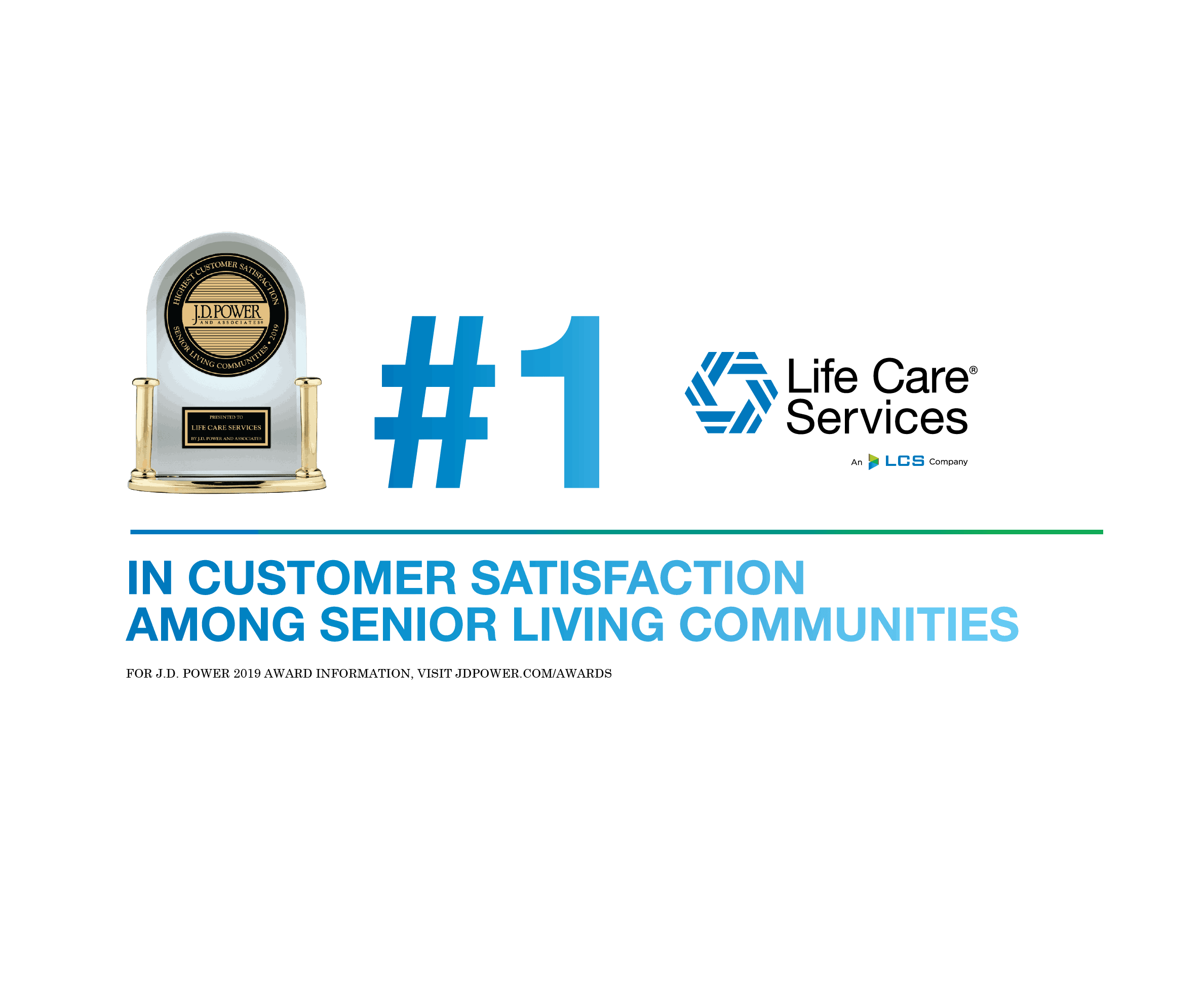What Is Post-Stroke Rehabilitation and How Does It Help?

Recovering from a stroke can be tough, challenging survivors emotionally, mentally and physically. Post-stroke rehabilitation is the process that supports survivors’ recovery. With the help of a multidisciplinary team of professionals, stroke survivors can regain function and return to as much independence as possible. Here’s how it works:
The Process of Recovery
Because a stroke can vary in severity and may impact different parts of the brain, each stroke survivor’s post-stroke recovery journey is different. Generally, a stroke can cause five types of disability. These are:
- Paralysis or difficulty controlling movement, which can result in problems with swallowing, walking and balance.
- Sensory disturbances, such as pain, numbness, and tingling or heaviness in affected limbs.
- Communication challenges, also called aphasia, which can make speaking, writing and understanding language difficult.
- Cognitive disabilities, which can result in shortened attention span, short-term memory loss and difficulty making plans and learning new tasks.
- Emotional disturbances, including grief, depression, anger, frustration and anxiety.
Typically, rehabilitation begins in the hospital, as soon as the patient is stable. Once they can be discharged, their medical team and hospital discharge planner can help determine the next best step in their stroke recovery process. Some patients are able to return home, with the support of family or other caregivers who can help with daily needs and provide transportation to outpatient rehabilitation appointments. Other patients make a temporary stay at a post-stroke rehabilitation center, where round-the-clock support and a multidisciplinary team of specialists guide the recovery process.
Meet the Post-Stroke Rehabilitation Team
To aid recovery, a post-stroke rehabilitation program is tailored to the individual needs and recovery goals of each stroke survivor. The program typically includes post-stroke recovery exercises, which emphasize repetitive movements to help rebuild lost skills, and adaptive strategies to compensate for any remaining disabilities. This program for recovery is guided by a team of professionals, who offer support, encouragement and education during the recovery process. This multidisciplinary team typically consists of the following specialists:
- Physicians manage and coordinate the rehabilitation program and prescribe medications for pain and other conditions.
- Rehabilitation nurses help stroke survivors cope with concerns such as incontinence and perform daily tasks like bathing and dressing. They can also provide education to caregivers and work with stroke survivors to reduce the risk factors that might lead to another stroke.
- Occupational therapists work with survivors to relearn the skills needed for independence, such as preparing meals, driving or cleaning house. They also can recommend adaptive strategies, such as choosing clothing with hook and loop fasteners rather than buttons, and offer safety suggestions, like installing grab bars in the bathroom.
- Physical therapists recommend exercises that improve physical functioning by strengthening muscles, improving coordination and increasing range of motion.
- Speech therapists address difficulty with communication and swallowing. They can also teach social skills to help survivors cope with any remaining disabilities.
Patient-Centered Post-Stroke Rehabilitation at Signature Pointe
At Signature Pointe’s senior rehabilitation center, our goal is to help you regain independence and get back to the life you love as quickly as possible. Our team of advisory physicians, nurses and rehabilitation therapists works with you, your family and your doctor to create a personalized rehabilitation plan. Contact us to learn more or to schedule a visit.
You Are Invited to Experience Our Community!





